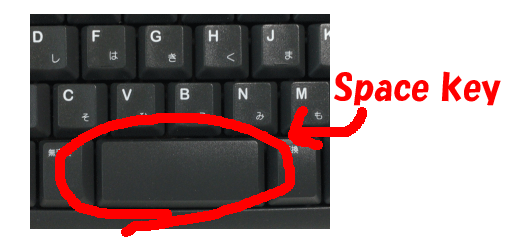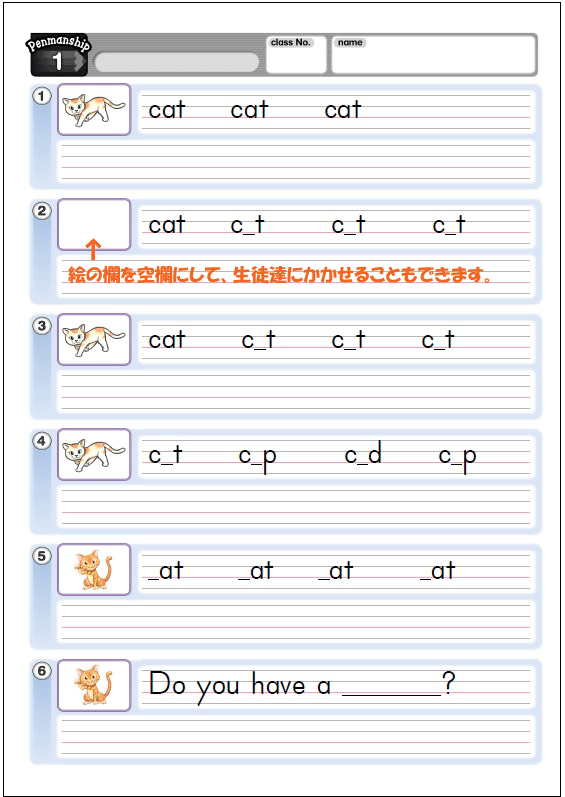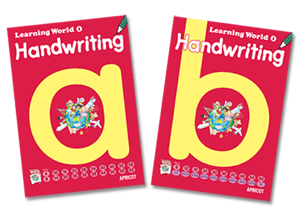Let’s take a look at some popular activities that children who have no experience of English can enjoy from the very beginning.
『Let’s Make a Face』(Target 3-10 year olds)
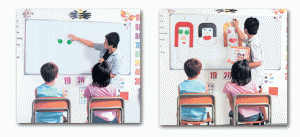
This is an activity in which the children choose their own face parts of different sizes, lengths, and colors to make a face.
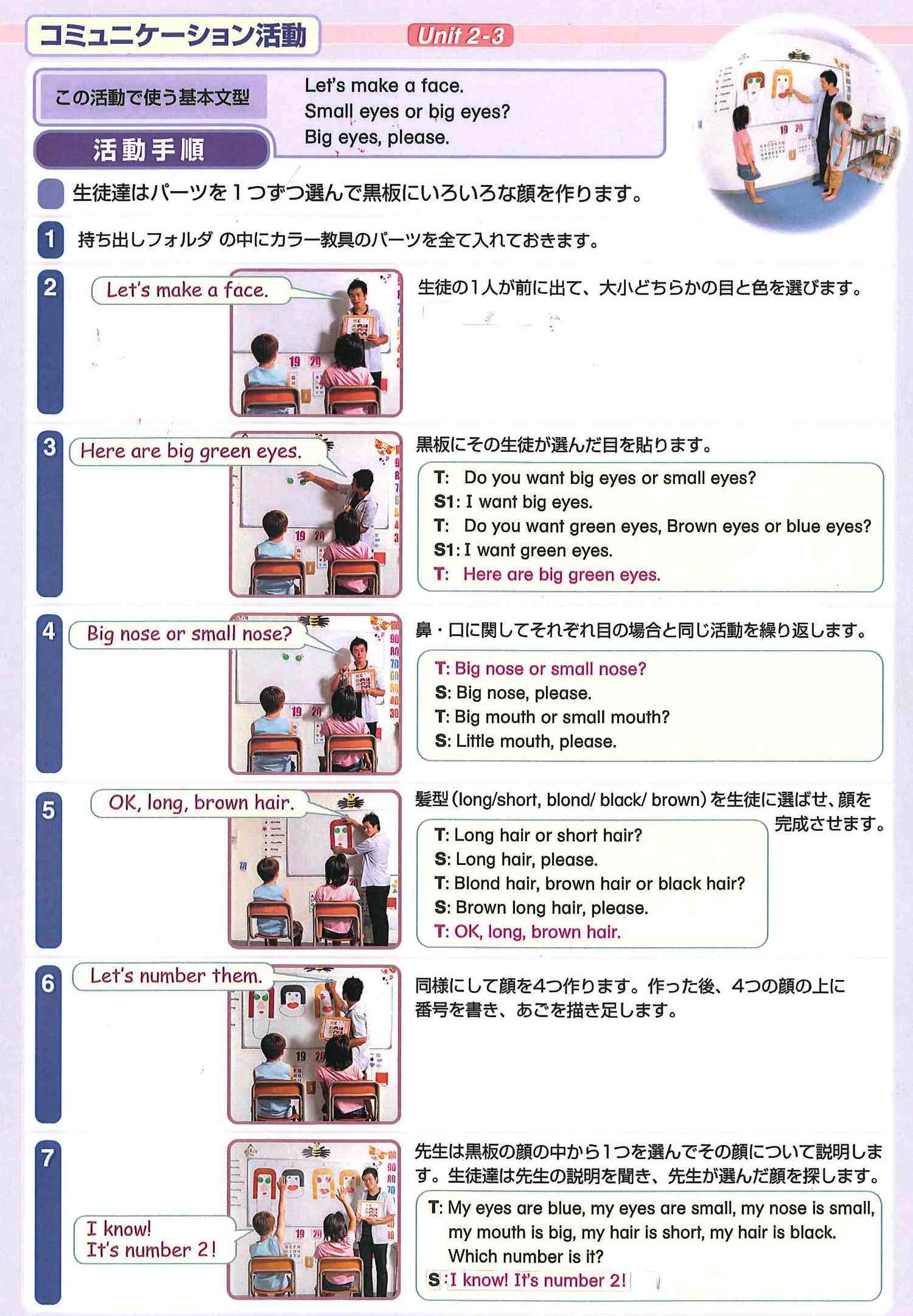
(From Teacher’s Manual English /Please click to enlarge.)
Using teaching tools, the children have fun making three or four faces on the board. The faces are numbered from left to right as 1, 2, 3 and the teacher chooses one of the faces and explains about it in English. The children listen hard to the English and can guess the face chosen by the teacher because they made it themselves.
After the activity, recite the lesson’s target English (in this case, the face part) in CHANT: Let’s Make a Face in a fun way. After the lesson, talk to parents about the lesson’s objectives.
CHANT: Let’s Make a Face (Easy recite chants!)
♪Let’s make a face. A happy happy face. Eyes, a nose, and a mouth. (sad/ angry/ funny)
【Objective of the lesson】
- The importance of communicating one’s intentions in English
- The importance of creative activities that do not have pre-determined answers in language activities
- Listening should be able to be done if there is a purpose
- The importance of reciting target vocabulary and sentences in chants in a fun way
- Importance of knowing that there are people with different colored eyes and hair all over the world.
While you are talking to parents, you can ask children to draw a face of their own inspiration.
(Materials used: Learning World Book 1 Activity Sheets 90/Learning World 1 NEW Teacher’s Manual CD-ROM【3rd Edition】)
Detailed instructions on how to teach are given on Learning World 1 NEW Teacher’s Manual CD-ROM【3rd Edition】.
■The actual guidance document can be found here.⇒⇒LW1TB_U2_3
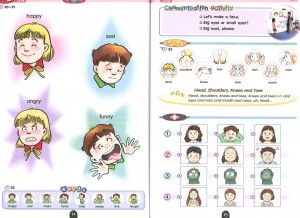
Let’s Make a Face activities are based on Learning World Book 1.
Material to use:
Colour KYOGU No. 31 Let’s Make a Face ⇒⇒Click here to buy.
*If you are already using Learning World Book 1, you do not need to purchase the color teaching tools. Let’s Make a Face teaching tools are included in ACTIVITY SHEETS 90!
In the product description, it says that these stickers are to show support from teachers to students. But some students compare the color of the stickers to other students’ and they seem depressed. When I see my students in a sad state, I feel like I should give them gold stickers even though I know that they have not achieved the level. But at the same time, I know that I should encourage them to get a gold one by trying harder. Is there a direction of which sticker should be given?
There used to be only gold and blue stickers and we heard that a lot of students who received blue stickers lost their motivation. Some teachers used the gold stickers with cutting them in a half or three-quarters, to support kids.
Blue sticker is for “Keep it up!”
Bicolor sticker is for “Almost there!” and
GOLD Sticker means “Achieved”
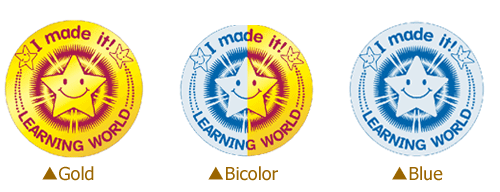
Students should have Bicolor or Gold sticker for all the topics by the end of the textbook. Rewarding with a better sticker than it should be is not a problem, as long as it keeps students motivated.

















